
What’s It Really Like Living in San Francisco? 12 Things You Need To Know
California San Francisco
If you’ve always dreamed about living in San Francisco, now might be the right time to make your move. LinkedIn reports that the Bay Area saw the second-biggest worker population gain of any area in the U.S. in 2022. And it makes sense — many companies have called workers back into the office (some to work under a hybrid model), and San Francisco salaries make it an attractive place regardless of work-from-home policies.
Interestingly, a lot of these rebounding employees are landing in the suburbs. In fact, San Francisco rents are slightly down year-over-year (decreasing by 1.5 percent) as of July 2024, in part due to the growth outside the city proper. You can chalk some of this up to San Francisco’s notoriously high real estate prices (i.e., prices are high in the city, so not many people move in, therefore rent prices don’t increase much).
Whether moving for work, family, or just for kicks, you may know San Francisco for what you’ve seen on screen: The Golden Gate Bridge, Alcatraz, and that iconic “Full House” … house.
But as someone who worked as a radio news reporter in the heart of San Francisco and lived in the region for 10 years, I’m here to give you an in-depth look at what it’s really like living in San Francisco. Here are 12 things you need to know before making the move.
| Make your San Francisco move flexible with a PODS moving and storage container. Moving to the crowded city center? Don’t worry, PODS can get you there with its City Service option. |
San Francisco at a Glance:
- With a population of around 809,000, San Francisco is just a small part of the more than 3.3 million people within the entire metro area.
- San Francisco is 47 square miles — locals refer to it as 7x7.
- The median household income is about $136,700 per capita.
- Less than five percent of the population is under five, meaning that San Francisco has among the fewest number of children of any city in the U.S.
- Most of San Francisco’s population is between the ages of 25 and 44.
| Q: Is San Francisco a good place to live in? A: San Francisco is a good place to live, especially for those who enjoy mild weather, beautiful nearby hikes, and plenty of fun things to do. There are pros and cons of living in San Francisco, of course, which you’ll want to be aware of before moving there. The city has very high housing costs and, as a result, a serious homelessness problem. And though the weather is typically lovely, there is often heavy fog and sometimes smoke during wildfire season. |
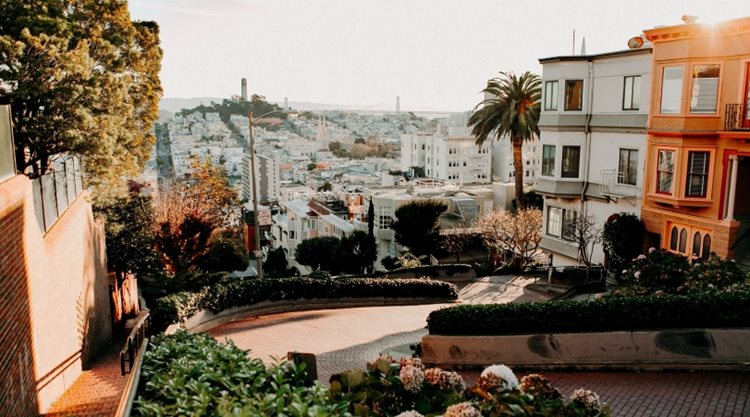
Whether moving for work, family, or just for kicks, you may think about living in San Francisco in relation to what you’ve seen on screen: The Golden Gate Bridge, Alcatraz, and that iconic “Full House” … house.
(Source: Braden Collum via Unsplash)
1. Yes, San Francisco Is Expensive.
When weighing the pros and cons of living in San Francisco, budgeting is probably top of mind. For those thinking about living in San Francisco, get ready to face constant sticker shock. If you’re searching phrases such as “Is San Francisco as bad as they say?” or “How bad is San Francisco right now?,” chances are you’re trying to figure out just how expensive it is to live there today. And the truth is, it’s a pricey place to call home — there’s no way to sugarcoat it.
It’s not just the rents that are expensive; it’s everything. I’ll never forget a pizza dinner I shared with my two cousins, where the bill came to $75 each. Coffees are routinely $5, and you can grab a pint of craft beer for $8. Parking meters are also off the charts, with some charging $6 per hour during peak times.
According to Numbeo, the cost of living in San Francisco is second in the nation, only behind New York City. If you are going to rent an apartment in San Francisco, you may have to double up with a roommate (or two or three!) to afford the bills.
Looking to buy? You won’t find anything under $1 million in the City by the Bay, which is why so many young professionals move to San Francisco’s suburbs to afford a home and a yard.
What Do Rental and Home Prices Run in San Francisco?
| Q: How much money do you need to live in San Francisco? A: Given that it has the second-highest cost of living in the country, it’s not surprising that living comfortably in San Francisco calls for a pretty hefty paycheck. What salary do you need to live in San Francisco, though? According to data from the MIT Living Wage Calculator, a single person with no children needs to make about $62,100 before taxes. Of course, that salary requirement will vary depending on where in the city (or outside of it) you live, your lifestyle habits, and how many children or pets you have. |
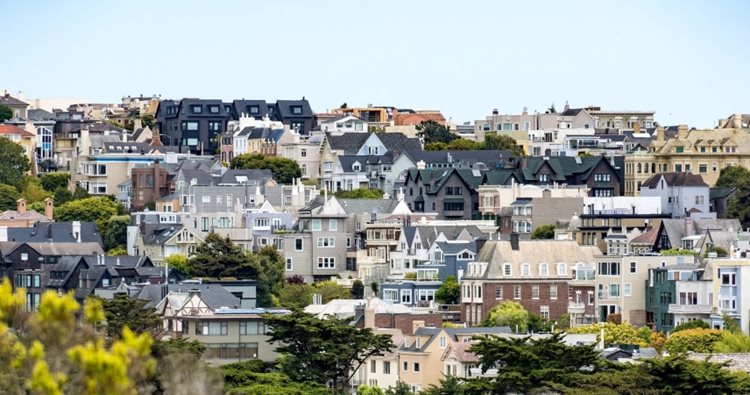
Despite the expense, one really exciting thing about living in San Francisco is the diversity of the neighborhoods.
(Source: Daniel Abadia via Unsplash)
2. There’s a Neighborhood for Everyone in San Francisco.
If you’re wondering, “Is San Francisco a good place to live?,” you’re probably also wondering where in SF to live. Despite the expense, one really exciting thing about living here is the diversity of San Francisco neighborhoods.
Family-Friendly Neighborhoods
If you have kids, you might want to settle down in a kid-friendly area like Cole Valley or Noe Valley.
Waterfront Neighborhoods
Looking for water views? The Marina District, Pac Heights, or even the Dogpatch might suit your fancy.
Neighborhoods for Young Professionals
The Mission District is popular with young techies looking for vibrant coffee shops, restaurants, and live music.
Affordable Neighborhoods
The Outer Richmond and Sunset Districts offer proximity to the beach, cheaper rents, and good international food. (Think Chinese, Russian, and Burmese.)And the good news is that all San Francisco neighborhoods are walkable and in close proximity to a park. I also love that there are many distinct ethnic neighborhoods, where you know you’ll get some delicious food.
| Q: Is $100,000 enough to live in San Francisco? A: The truth is, a six-figure salary just doesn’t go as far in San Francisco as it does in Des Moines. According to a 2023 study, $100,000 in SF is proportional to a $36,445 take-home value (though it’s even less in New York). |
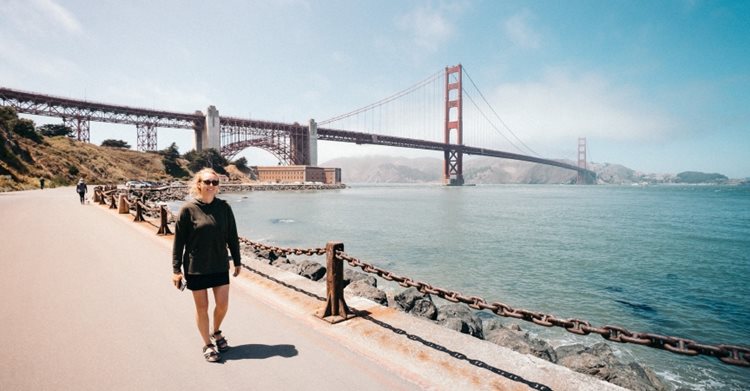
Taking a walk underneath the Golden Gate Bridge while it’s “singing” might just warrant earplugs.
(Source: Kevin Wolf via Unsplash)
3. The Golden Gate Bridge “Sings.”
If you happen to choose a neighborhood in the northern or western part of the city, you might just hear the Golden Gate Bridge “sing.” This sounds like an eerie high-pitched humming that was hard for us to identify at first, like someone blowing over the top of a bottle.
Turns out, the phenomenon happens during high winds when air vibrates against the bridge’s sidewalk slats. If you ride your bike, walk, or boat under the Golden Gate Bridge while it’s “singing,” it’s so loud you might just have to cover your ears.
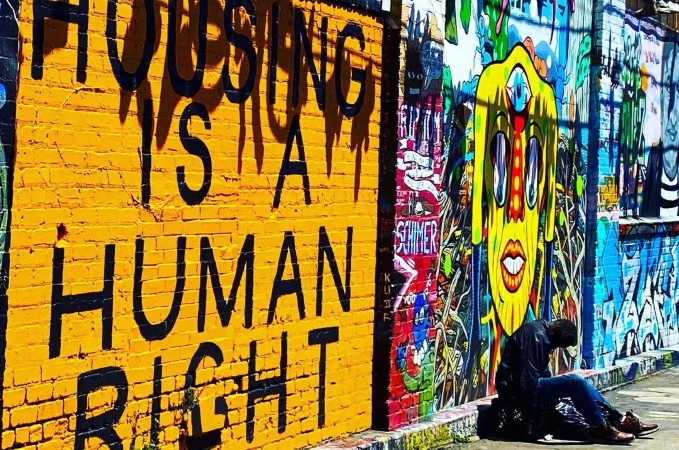
(Source: @heatherdschaefer via Instagram)
4. The Homelessness Issue Is Hard to Stomach.
Any article about living in San Francisco that doesn’t mention this problem is simply not dealing with reality. While it’s one of the wealthiest cities in the world, there is no denying that San Francisco has a huge issue with homelessness. And the pandemic made it worse.
It can be tough living in San Francisco and seeing hundreds of homeless people on city streets right across from glitzy tech companies. Taking a stroll in San Francisco often means walking by tents, piles of blankets, and shopping carts overloaded with stuff. Needless to say, it’s heartbreaking to see.
| Q: Is San Francisco expensive to live in? A: Yes, relative to pretty much any other major city in the U.S., living in San Francisco is expensive. The cost of living in San Francisco is 79 percent above the national average, according to Payscale. If you’re coming from New York, though, you may find the sting to be less intense — the NYC cost of living is a whopping 128 percent higher than the U.S. average. |
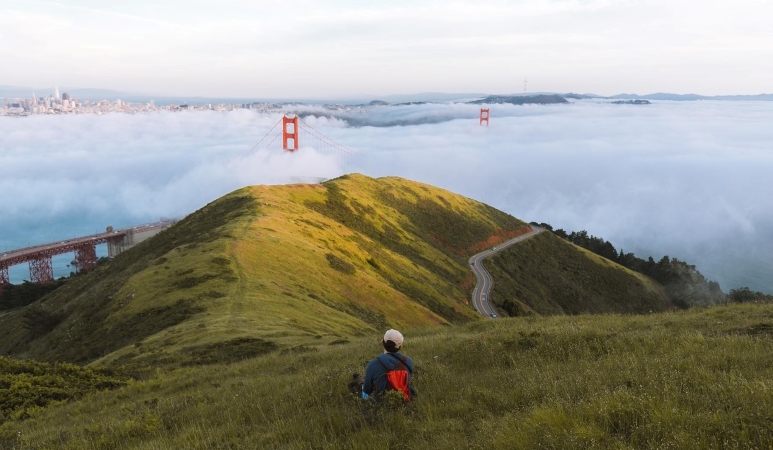
You’ll quickly become acquainted with Karl the Fog after moving to San Francisco.
(Source: Daniel Gorostieta via Pexels)
5. The Fog Here Is So Thick, It Even Has a Name.
When you first move to San Francisco, the amount of fog you see — especially during the summer months — can be shocking. In fact, when I lived in the Inner Sunset District, fog rolled in every afternoon, moving so rapidly I could see it swirling through the tops of the buildings.
Fog also streams through the Golden Gate Bridge and is a beautiful sight to behold. If you’re driving across the bridge at just the right time, you’ll feel like you’ve been engulfed in a cloud.
The fog in San Francisco even has its own Twitter account called Karl The Fog. Yep, Karl is very busy in the City by the Bay, especially during a season when the rest of the country is warm.
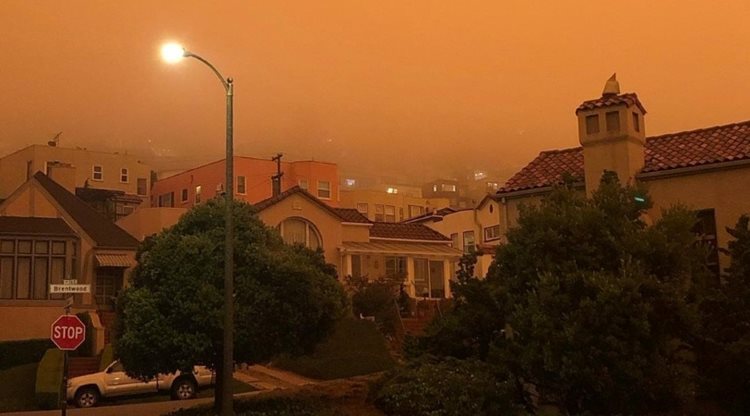
You’ll have to be prepared for a summer and fall wildfire season when living in San Francisco — it isn’t expected to get better any time in the coming years.
(Source: @instakevin11 via Instagram)
6. You May Get Trapped Inside by Smoky Air.
There was smoke in the sky for weeks on end, with hazardous air quality that kept us indoors. One day, the smoke never cleared. It was dark outside, with a reddish glow, from dawn until dusk. I got used to checking the air quality before going on a walk or making outdoor plans with friends.
You’ll have to be prepared for a summer and fall wildfire season when living in San Francisco. It’s now a way of life in San Francisco and isn’t expected to get better in the coming years.
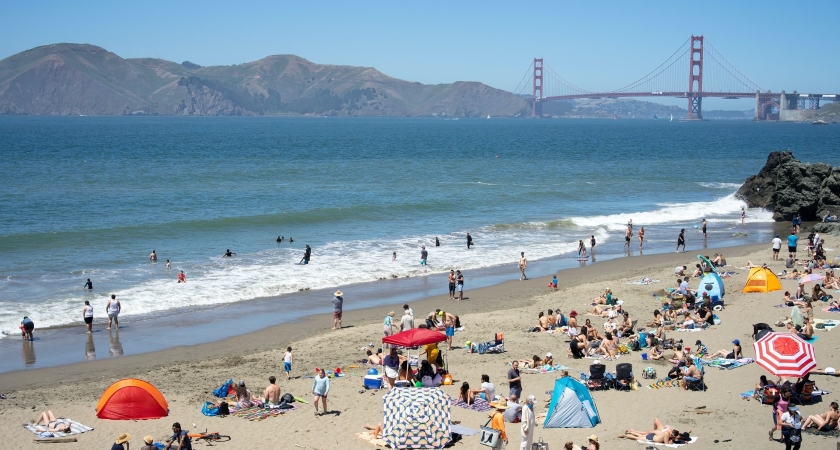
The city’s weather patterns can be unpredictable, but taking advantage of beach weather whenever you get the chance will remind you why you moved here in the first place.
(Source: Reuben Kim via Unsplash)
7. The Seasons Are as Funky as the City’s Character.
The seasons play opposites, which is a strange thing about living in San Francisco. There can be 75-degree days in February and 57-degree days in July. And those summer days feel extra chilly, thanks to the dew and fog in the air.
Summer is also known for its wild temperature swings. One day, it won’t reach 60, and a few days later, there will be a 95-degree scorcher.
My favorite month in San Francisco is September, which is when the city finally has its “summer.” The fog lets up, the sun comes out, and the parks and outdoor restaurants fill up. This is when it’s truly glorious to be living in San Francisco.
However, no matter what time of year it is, no matter how hot the daytime is, you should always layer up
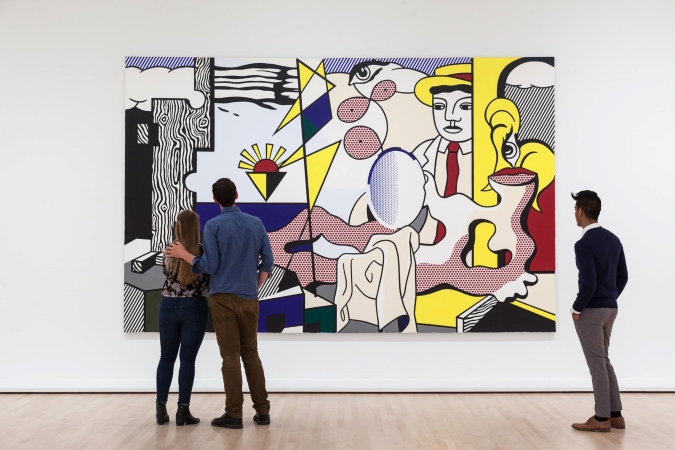
Love culture and art? The San Francisco Museum of Modern Art is just one of many amazing museums in the area.
(Source: SFMOMA San Francisco Museum of Modern Art via Facebook)
8. There Are Tons of Things To See and Do.
One of the things I love about living in San Francisco is there’s so much to do.
Pay a Visit to the Museums.
Love art? There’s a smorgasbord of museums in San Francisco, including the de Young Museum, the Museum of Modern Art, The California Academy of Sciences, and the Exploratorium.
Get Out in the City.
If you want to hang outside in the city, you can visit one of the many parks, including the Golden Gate Park and Dolores Park. There are a variety of theater and live music options and fine dining galore, as well. San Francisco truly has an incredible restaurant scene.
Plan a Weekend Road Trip — or Beach Trip.
If you’re up for a little driving, Napa Valley and Sonoma are under an hour away. Marin County, Oakland, and Berkeley offer beautiful hikes with redwood trees. And there are national parks just a few hours away, such as Yosemite, Sequoia, and Pinnacles.
Got your eye on a water sport? You can learn to windsurf, kiteboard, surf, and sail — all in San Francisco. It’s a nature and water lover’s paradise, with all the trappings a big city has to offer. If you’re weighing the pros and cons of living in San Francisco, the range of fun things to do is sure to give your pros list a big boost.
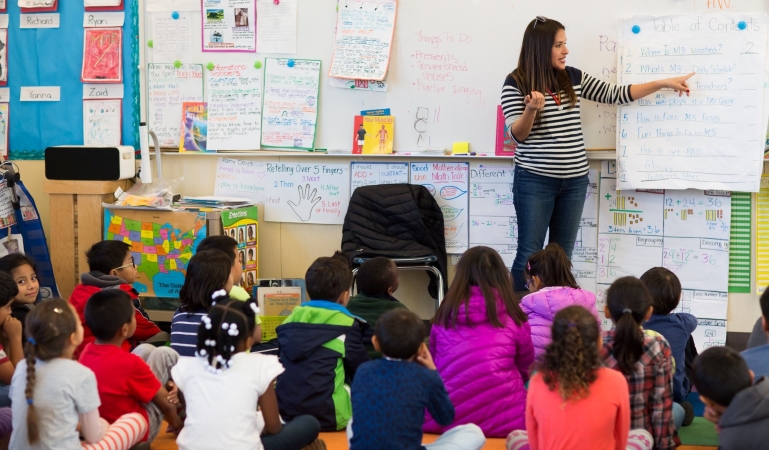
The suburbs appeal to a lot of families, but the city’s public schools achieve higher student success rates than those in other highly urban areas.
(Source: San Francisco Unified School District via Facebook)
9. San Francisco Public Schools Tend To Be Better Than in Other Big Cities.
Although families with children tend to move to the Bay Area suburbs for lower prices and more space, the city’s public schools achieve higher student success rates than those in other highly urban areas. For example, in 2022, San Francisco Unified School District students scored higher proficiency levels than California students statewide in both English Arts and Math.
One cool thing about the district is its Choice Enrollment process, which allows students to request placement in any school in the district instead of zoning them to a specific neighborhood school. When there’s more demand than seats available, assignments are made based on “tie-breakers,” which vary depending on the program. To learn more, see these tips on choosing San Francisco schools.
Other learning options include public charter schools and a large selection of private schools, which enroll nearly half as many students as the public school system

Did you know San Fran has more dogs within its limits than children?
(Source: Helena Lopes via Pexels)
10. You’ll Need to Watch Where You Step.
When you first start living in San Francisco, you might notice the abundance of dogs. In fact, there may even be more dogs than kids living here. And what does that mean? Poop! While most dog owners are pretty good about picking up after their pooches, you’ll still run into smears of dog droppings on a lot of street corners. And some people don’t pick up after their dogs at all. The city even has a “poop patrol” to try to deal with the problem.
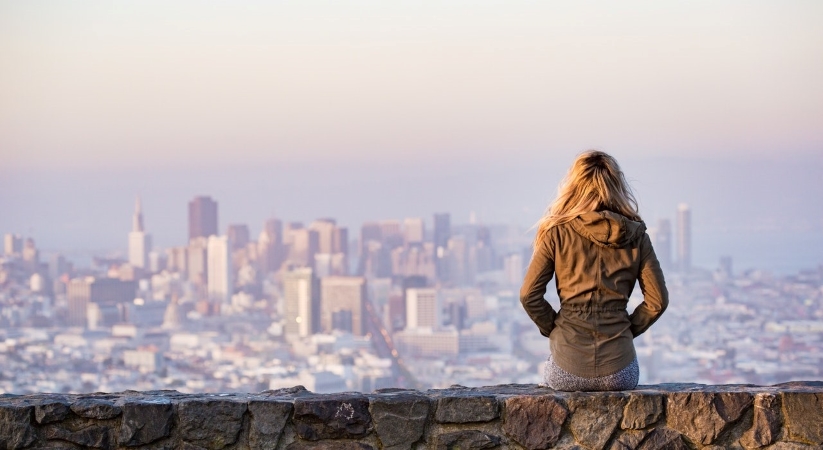
The city might look big with its towering downtown buildings and epic bridges, but it can feel like a small town.
(Source: Pexels)
11. San Francisco Is the Smallest Big City There Is.
Even though San Francisco might look big, with its towering downtown buildings and epic bridges, it really can feel like a small town.
It’s amazing how often you’ll run into people you know, regardless of the neighborhood or where you are in the city. I’ve often run into friends and coworkers in the most unlikely of places!
That’s one thing that makes San Francisco truly quaint. You don’t get lost in endless urban sprawl. Everything is walkable, bikeable, and Uber-able. That means people hop from neighborhood to neighborhood easily and often, upping your chances of running into someone you know.
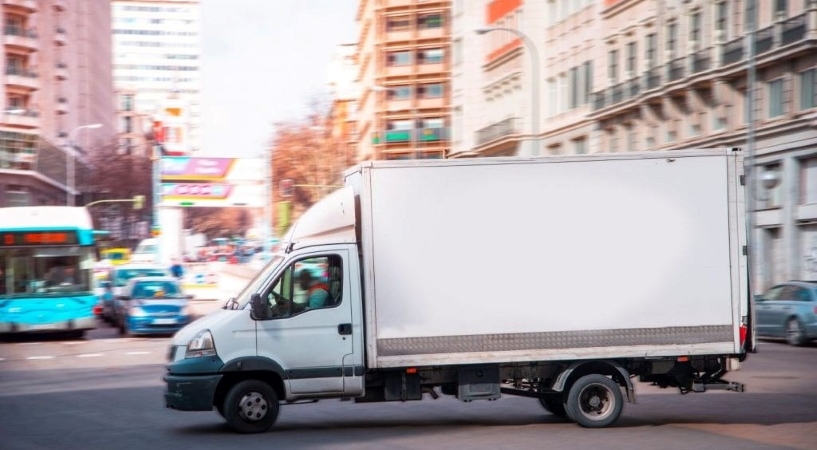
Steep hills and inclines are par for the course when living in San Francisco, but navigating them with a moving truck is something else. You may be able to avoid getting stuck by mapping out your route ahead of time.
12. Moving Can Be Tricky Business Here.
San Francisco, with its steep hills and dense neighborhoods, can make moving day more challenging than usual. Since street parking is always jam-packed, you’ll be hard-pressed to find somewhere to park a moving truck. That’s why it’s a good idea to apply for temporary signage with the SFMTA so you can get “tow away” signs to reserve several spots. These permits do cost at least $334 for a certain amount of space, though.
And if you’re driving your own moving truck, you’ll have to carefully scope your route through the city. Larger trucks have a hard time making it up and down super steep hills. Semi trucks have been known to scrape bottom! Also, be aware that all three bridges in the Bay area have tolls — the most expensive one being the Golden Gate Bridge.
Let PODS Do the Heavy Lifting When Moving to San Francisco
If you want to avoid paying hefty rates for full-service movers but want to skip the spine-tingling experience of driving and parking a huge moving truck in San Francisco, you can opt for PODS City Service. Designed for urban moves, your moving container is kept on the truck while you load it up, rather than having to have somewhere to keep a container overnight (if you have that space, you can use PODS standard service). Then, your PODS driver can take it to a secure PODS Storage Center for as long as you need — or they can deliver it right to your new place. Whether you use PODS City Service or standard service, there’s no having to navigate a giant moving truck through tight streets!
We hope this guide gave you some insider details about what it’s really like living in San Francisco. Now it’s time to start packing up your stuff and looking for a place to live. Try using our detailed moving checklist to stay organized and motivated during your move.
Kristin Hanes is a freelance writer living in San Francisco. Her work has appeared in SF Gate, Marie Claire, and Realtor.com, among other publications.
Related Articles
Comments
Leave a Comment
Your email address will not be published. Required fields are marked *
